In the quest to elevate our living spaces, have you ever pondered the potential of LED strip lighting to not only brighten but also transform environments with mere flicks and switches? The ongoing evolution in the LED strip market, particularly the “Bright Battle: Analog vs Digital LED Strip,” presents an intriguing canvas of creativity. This battleground of light invites a deeper exploration into how these technologies can revolutionize the ambiance of any space.
I am Tom, and my venture into the LED industry began in 2005. Over the years, my deep dive into the realm of LEDs has equipped me with valuable insights into how this technology has evolved from a simple source of light to a pivotal element in dynamic and adaptive lighting design. My experience has taught me to appreciate the nuanced advancements that LED technology offers, making spaces not only brighter but infinitely more versatile.
This blog post aims to unravel the intricate dance between analog and digital LED strips, tracing their journey from the inception of LED technology to the contemporary wonders of digital strips that add a dynamic layer of interactivity to art and lighting. We will explore how each variant caters to distinct lighting needs and preferences, offering a guide for tech enthusiasts and homeowners alike to navigate their way to the perfect lighting setup.
Are you prepared to journey through the spectrum of lighting innovation? Let’s get started right away, delving into the vibrant world of LED strips and discovering the endless possibilities they hold.
Unraveling LED Technology
In the world of modern illumination, LED technology stands as a beacon of innovation, marking a significant departure from the era of traditional lighting methods. This evolution, characterized by the shift from incandescent and fluorescent bulbs to advanced LED strips, embodies progress in energy efficiency, environmental sustainability, and design flexibility. Central to LED’s success is the principle of electroluminescence. This process allows these lights to emit a brighter, more efficient glow without the heat and energy waste associated with older lighting technologies. This leap forward has not only enhanced the quality of light available to consumers but also contributed to a safer, more sustainable world.
The Basics of LED Lighting
LED lighting has revolutionized the way we think about and use light. At its core, LED technology excels in efficiency, directly converting electrical energy into light with minimal waste. This characteristic not only supports the global initiative to reduce energy consumption and carbon emissions but also offers significant cost savings over time. Additionally, the durability of LEDs stands out, with a lifespan that significantly exceeds that of traditional lighting solutions. This combination of efficiency, longevity, and eco-friendliness positions LED lighting as a superior choice, heralding a new era in the illumination landscape.
What Makes LED Strips Unique
The advent of LED strips has opened up new horizons in lighting design, offering unparalleled flexibility and creative potential. These thin, flexible strips of light can be customized to fit any space, bending around corners and fitting into spaces where traditional bulbs could never go. This adaptability is complemented by a wide range of colors and the capability for precise brightness control, allowing for the creation of unique lighting environments tailored to specific moods, tasks, or aesthetic preferences. From adding a warm ambiance to homes to creating dynamic displays in commercial settings, LED strips have become a cornerstone of contemporary lighting design, offering a blend of functionality and creativity that is unmatched in the lighting world.
Spotlight on Analog LED Strips
Analog LED strips, known for their simplicity and seamless lighting, play a pivotal role in the vast spectrum of LED lighting options. Their design, featuring LEDs wired in parallel on a flexible circuit board, ensures uniform color and brightness throughout the strip. This characteristic makes analog strips a favored choice for projects requiring a consistent lighting effect without variations, such as ambient room lighting or under-cabinet kitchen lighting. The energy efficiency and ease of installation of these strips further bolster their appeal for both residential and commercial settings, where straightforward, effective lighting solutions are paramount.
Anatomy of an Analog LED Strip
The inherent simplicity of analog LED strips stems from their straightforward circuit design, which connects all LEDs in parallel to emit light uniformly across the strip. This design philosophy not only facilitates ease of installation but also enhances reliability, as the consistent voltage across the strip ensures even lighting without hotspots or variances. Typically powered by 12V or 24V sources, these strips can be tailored to fit various spaces by cutting them at designated points, offering flexibility in use despite their basic operation mode.
The Warm Glow: Advantages of Analog LED Strips
The primary allure of analog LED strips lies in their user-friendly nature. The plug-and-play setup, combined with the ability to cut the strips to length, allows for quick and easy customization of lighting projects. Ideal for creating ambient lighting, these strips can enhance the atmosphere of any space with a warm, consistent glow. Their energy efficiency not only aligns with eco-friendly practices but also means that running them over extended periods won’t break the bank.
Dimming the Lights: Disadvantages of Analog LED Strips
However, the simplicity of analog LED strips comes with its limitations. The lack of control over individual LEDs means that creating dynamic lighting effects or adjusting the color of specific sections isn’t possible, limiting their application to scenarios where a static light display suffices. Furthermore, incorporating dimming capabilities requires additional hardware, complicating what is otherwise a straightforward installation process.
Crafting Spaces: Ideal Uses for Analog LED Strips
Despite these drawbacks, analog LED strips excel in applications that benefit from uniform lighting. Whether it’s adding a cozy glow to a residential living room or providing clear, consistent lighting under kitchen cabinets, these strips serve as a reliable light source. In commercial settings, their straightforward functionality makes them an excellent choice for accent lighting that enhances the customer experience without the need for complex programming.
Exploring Digital LED Strips
In contrast, digital LED strips represent the forefront of LED technology, offering a level of control and customization that goes far beyond the capabilities of analog strips. Each LED in a digital strip can be individually controlled, thanks to embedded microcontrollers, unlocking a vast array of dynamic effects, from color-changing patterns to interactive animations. This flexibility opens up endless possibilities for creative lighting designs that can adapt to mood, activity, or specific aesthetic preferences.
Inside a Digital LED Strip: A Closer Look
Digital LED strips are distinguished by their ability to control each LED individually. This is achieved through integrated microcontrollers within the strip, which manage the color and brightness of each diode independently. Such granularity of control allows for intricate lighting designs capable of displaying a wide range of dynamic effects that can animate any space with light.
Shining Bright: Advantages of Digital LED Strips
The standout feature of digital LED strips is their unparalleled versatility and dynamic capabilities. From syncing with music to integrating with smart home ecosystems for voice or app control, digital strips offer a customizable lighting experience limited only by imagination. Their application in creating interactive environments or mood-specific scenes adds a new dimension to both residential and commercial spaces.
Navigating Complexity: Disadvantages of Digital LED Strips
The sophistication of digital LED strips, however, introduces a layer of complexity in installation and programming. Setting up these strips to achieve the desired effects often requires a deeper understanding of the technology and possibly professional assistance, which can be a barrier for DIY enthusiasts. Additionally, the initial investment and maintenance costs for digital LED strips and their accessories are generally higher than those for their analog counterparts.
Innovation at Play: Where Digital LED Strips Shine
Despite these challenges, digital LED strips excel in environments that demand vibrant and flexible lighting solutions. Their ability to create bespoke lighting experiences makes them ideal for entertainment venues, retail spaces, and home interiors looking to stand out. As we continue to push the boundaries of what’s possible with lighting, digital LED strips stand ready to illuminate the way, proving themselves as indispensable tools in the evolution of architectural and decorative lighting.
The Great Debate: Analog vs Digital
The debate between analog and digital LED strips is more than theoretical; it’s a choice that impacts the real-world functionality and aesthetics of countless projects. To shed light on this topic, we delve into user evaluations and case studies that demonstrate how these technologies perform under various conditions and applications. This exploration not only highlights the differences between analog and digital strips but also offers insight into their practical advantages and challenges.
Powering Through Energy Efficiency Compared
The quest for energy efficiency is a key factor in the choice between analog and digital LED strips. A case study involving a commercial office retrofit showed that replacing conventional lighting with digital LED strips resulted in a 35% reduction in energy usage, attributed to the strips’ ability to adjust lighting according to occupancy and natural light levels. In contrast, an analog LED installation in a residential setting underscored the technology’s ease of use and consistent performance. However, it lacked the dynamic energy-saving features of its digital counterpart.
A Spectrum of Colors: Color and Brightness Control
The color and brightness control of digital LED strips offers a significant advantage in settings requiring dynamic and customizable lighting solutions. A restaurant owner reported that after installing digital LED strips, the ability to change lighting colors and patterns created an adaptable atmosphere that could shift to match dining themes or time of day, enhancing the dining experience. Meanwhile, analog strips were favored in a home installation for their warm, consistent lighting, which is ideal for creating a welcoming and relaxed environment.
Molding Creativity: Flexibility and Customization
Digital LED strips excel in applications where creativity and customization are paramount. An art installation showcased the strips’ capacity for intricate designs and animations, making the artwork come alive with moving light. Conversely, analog strips have been effectively used in landscape lighting, providing a reliable and uniform light source that accentuates natural features without the need for complex programming.
Setup Simplified: Installation Showdown
Ease of installation is a decisive factor for many. DIY enthusiasts often prefer analog LED strips for their straightforward, no-fuss setup, as evidenced by a homeowner’s testimonial on upgrading kitchen lighting. On the other hand, a commercial project integrating digital LED strips into a smart building system highlighted the need for professional installation. Still, it resulted in a highly adaptable and efficient lighting system.
Economizing Illumination: Cost Comparison
When it comes to cost, the initial affordability of analog LED strips is frequently cited as a benefit for projects with limited budgets. However, digital LED strips, despite their higher upfront cost, can offer greater value over time through energy savings and reduced maintenance. A comparative analysis in a retail environment demonstrated that the higher initial investment in digital strips paid off through enhanced customer engagement and energy efficiency.
In sum, the choice between analog and digital LED strips is informed by a blend of aesthetic preferences, functional requirements, and budget considerations. Through real-world applications and user feedback, it’s clear that both types of LED strips have their place in the lighting landscape, each offering unique benefits that cater to different needs. By considering these factors, you can make an informed decision that ensures your lighting project is not only successful but also aligns with your vision and objectives.
LED Strips in Action: Innovative Applications
LED strips, both analog and digital, are not just about illumination; they’re about transformation. These versatile bands of light are carving new paths in design, functionality, and innovation, finding their place in a wide array of applications that extend far beyond mere lighting. From the cozy corners of our homes to the bustling atmospheres of businesses and the vibrant underflow of vehicles, LED strips are redefining the essence of space through light. This exploration into their innovative applications will reveal just how LED strips are revolutionizing our interaction with our environments, blending aesthetics with practicality in ways previously unimagined.
Setting the Mood: Home Lighting Solutions
Home is where the heart is, and with LED strips, it can also be where the art is. The ability of LED strips to create ambiance and mood with their adjustable colors and brightness levels makes them perfect for home lighting solutions. Picture the soft, ambient glow accentuating the living room’s architecture or the dynamic colors setting the mood for a home theater experience. Beyond aesthetics, these strips, especially the smart variants, play a crucial role in health by simulating natural light patterns, thus promoting better sleep cycles. Seamlessly integrated with home automation systems, they bring the future of responsive and intuitive lighting into our living spaces, making the concept of a smart, adaptive home a glowing reality.
Business Brilliance: Commercial Uses
In the commercial landscape, LED strips shine as a beacon of branding and atmospheric creativity. Retail outlets harness their power to create window displays that captivate and draw customers inside, while restaurants and bars use them to set the perfect dining or socializing scene. Their application in signage not only provides a greener alternative to traditional neon but also offers the durability and energy efficiency essential for businesses aiming to cut down on operational costs without sacrificing their visual appeal.
Automotive Aesthetics: LED Strips in Motion
The automotive world has warmly embraced LED strips, integrating them to enhance both style and safety. Vehicle enthusiasts use these strips for under-glow lighting, adding a dramatic flair that underscores the vehicle’s design. Inside, LED strips illuminate interiors, merging functionality with personal expression. But it’s not all about looks; the use of LED strips on motorcycles, bicycles, and cars significantly improves visibility, marking a stride forward in vehicular safety.
Through these varied applications, LED strips showcase their unparalleled ability to transform and elevate the spaces and objects around us. Their blend of efficiency, adaptability, and visual appeal positions them as indispensable elements of modern lighting design, proving that with LED strips, the future of lighting isn’t just bright—it’s vibrant, smart, and endlessly creative.
Illuminating Decisions: Making the Choice
Navigating the diverse world of LED lighting, especially the choice between analog and digital LED strips, involves a careful consideration of various factors. This decision can significantly impact the functionality, aesthetics, and overall success of your lighting project. Understanding what to weigh before making your purchase will ensure that your lighting not only meets but exceeds your expectations.
What to Consider Before Buying
When standing at the crossroads of choosing between analog and digital LED strips, several key considerations will guide your decision:
애플리케이션: The first and perhaps most critical factor is understanding where and how you plan to use the LED strips. Different environments and purposes call for different lighting solutions. For instance, ambient lighting in a home might be best served by analog LED strips, while a dynamic, color-changing display could benefit more from the capabilities of digital LED strips.
Desired Effects: Closely tied to the application is the effect you aim to achieve. If you’re looking for simple, uniform lighting, analog strips are your go-to. Conversely, if your project demands intricate lighting patterns or the ability to change colors on the fly, digital strips will be more in line with your needs.
Installation Complexity: Consider your comfort level with electrical installations and the complexity of the setup you’re envisioning. Analog LED strips offer straightforward installation with minimal components. Digital strips, while offering advanced features, require a more complex setup involving controllers and potentially custom programming.
Budget: Budget constraints play a significant role in the decision-making process. Generally, analog LED strips are less expensive both in terms of initial purchase and installation. Digital LED strips, while higher in price, offer advanced features that might justify the extra cost depending on the project’s requirements.
Expert Tips for First-Time Buyers
For those new to the world of LED strip lighting, the array of options and technical specifications can be overwhelming. Here are some expert tips to help guide your first foray into selecting the perfect LED strip for your project:
Start with a Vision: Before diving into product comparisons and technical details, have a clear understanding of what you want to achieve with your LED lighting project. Consider creating a mood board or a list of desired outcomes to help refine your vision.
Research: Spend time researching the basics of LED strip lighting, including the differences between analog and digital strips, voltage requirements, and the types of controllers needed for digital strips.
Sample Small: Purchase small samples of both analog and digital LED strips to test in your intended environment. This hands-on approach can provide valuable insights into how each type performs in terms of brightness, color accuracy, and overall effect.
Consult with Professionals: Don’t hesitate to reach out to lighting professionals or retailers with your questions. Their expertise can provide personalized recommendations based on your specific project needs.
Read Reviews: Look for reviews and case studies of similar projects. Learning from the experiences of others can help you anticipate potential challenges and solutions.
Making an informed decision between analog and digital LED strips involves balancing your project’s aesthetic goals with practical considerations such as installation complexity and budget. By carefully evaluating your needs and doing thorough research, you’ll be well-equipped to choose the LED strip that best brings your vision to life.
FAQ: Common Questions About LED Strips Answered
Can I change individual LED colors on an analog strip?
No, analog LED strips act as one large light source, meaning the entire strip displays one color at a time. For individual LED control, you’ll want to explore digital LED strips.
What makes digital LED strips ideal for dynamic displays?
Digital LED strips are equipped with ICs, allowing for control over each LED or a small group of LEDs. This capability enables the creation of complex, dynamic displays, including color-changing patterns and animations.
Are LED strips energy efficient compared to traditional lighting solutions?
Absolutely! Both analog and digital LED strips are known for their low energy consumption, making them a greener and more cost-effective lighting solution compared to traditional incandescent or fluorescent lights.
How do I decide between analog and digital LED strips for my project?
Consider your project’s needs. If you’re looking for simple, uniform lighting, analog might be the way to go. For intricate lighting effects and animations, digital LED strips offer the flexibility and control required.
Can digital LED strips be integrated with smart home systems?
Yes, many digital LED strips can be integrated with smart home systems, allowing for control through apps or voice commands and adding convenience and customization to your lighting setup.
What are some creative applications of LED strips in home decor?
LED strips can be used for under-cabinet lighting, accent lighting around coves or architectural features, backlighting for TVs, and even as artful installations on walls or ceilings for dramatic effect.
Are there waterproof options for LED strips?
Yes, both analog and digital LED strips come in water-resistant versions with appropriate IP ratings, making them suitable for outdoor use or in areas with moisture.
What should I consider for the safe installation of LED strips?
Ensure that the power supply matches the strip’s voltage requirements and that all connections are secure. Consider the strip’s IP rating for water resistance if installed in moisture-prone areas. When in doubt, consult with a professional.
How do I power my LED strip, and can I cut it to size?
LED strips require a compatible power supply, usually 12V or 24V. Most strips can be cut at designated points to fit your space perfectly.
What advancements can we expect in LED strip technology?
Future innovations include even more energy-efficient LEDs, the development of flexible and wearable LED applications, and advanced integration with smart technologies for responsive and intuitive lighting solutions.
결론
The decision between analog and digital LED strips is pivotal, shaped by the particular demands and aspirations of your lighting projects. While analog strips offer simplicity and consistency, digital strips break new ground with their rich array of features and adaptability, heralding a new era of lighting possibilities. As we continue to push the boundaries of what’s achievable with LED technology, the importance of choosing the right type of LED strip—whether for straightforward applications or complex, dynamic displays—cannot be overstated. The evolution of LED strip technology, from the basic illumination offered by analog strips to the customizable brilliance of digital strips, underscores a future where lighting is not just functional but a central element of design and atmosphere.
In the dynamic world of LED lighting, the distinction between analog and digital forms the core of a broader discussion on innovation, functionality, and aesthetic appeal. 유니탑, a leader in the LED manufacturing industry, emerges as a key player in this narrative, offering an extensive range of LED 스트립 조명 그리고 LED 네온 플렉스 solutions that cater to a broad spectrum of needs. With a commitment to quality, innovation, and customer satisfaction, Unitop has established itself as a trusted name among designers, architects, and homeowners alike, eager to explore the full potential of LED lighting.
As we look towards the future, the role of companies like Unitop in shaping the trajectory of LED lighting innovation becomes increasingly significant. Whether you’re in search of the rich color palettes and dynamic effects of digital LED strips or the reliable, uniform glow of analog options, Unitop offers the expertise and product range to bring your vision to light. If your project demands the very best in LED strip lighting, with a focus on performance, efficiency, and design flexibility, reaching out to Unitop can transform your creative concepts into luminous realities. Embrace the possibilities with Unitop, and let’s illuminate the future together with LED strips that blend technology with artistry.

Tom은 현재 다음의 영업 관리자입니다. 유니탑(중국) 유한공사. 그는 LED 조명 업계에서 2005년부터 근무하고 있습니다. 그는 영업 및 마케팅, 공장 관리 분야의 전문가입니다. 보디빌딩을 좋아하고 애플의 열렬한 팬이기도 합니다! 그는 열심히 일하는 사람이며 새로운 것을 배우고 시도하는 것을 좋아합니다.
이메일: tom@unitopledstrip.com WhatsApp: +86-18680307140

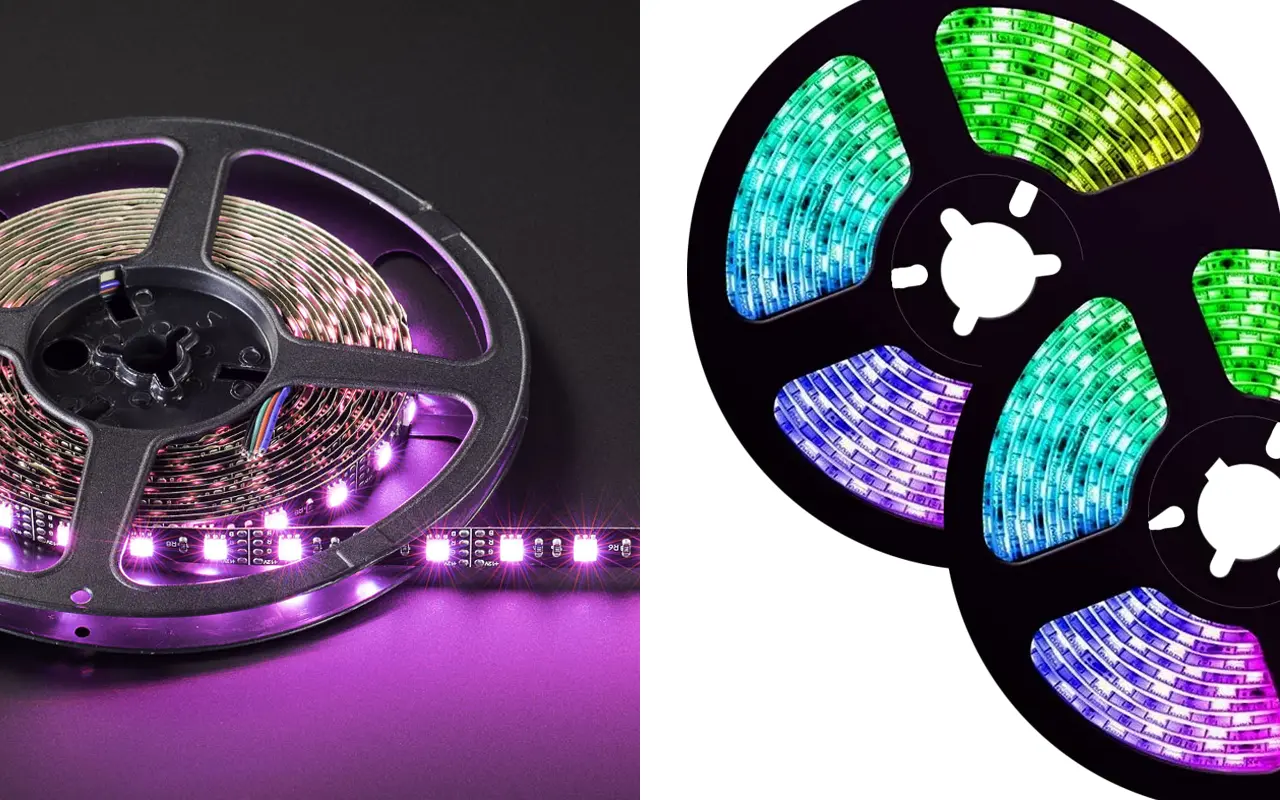
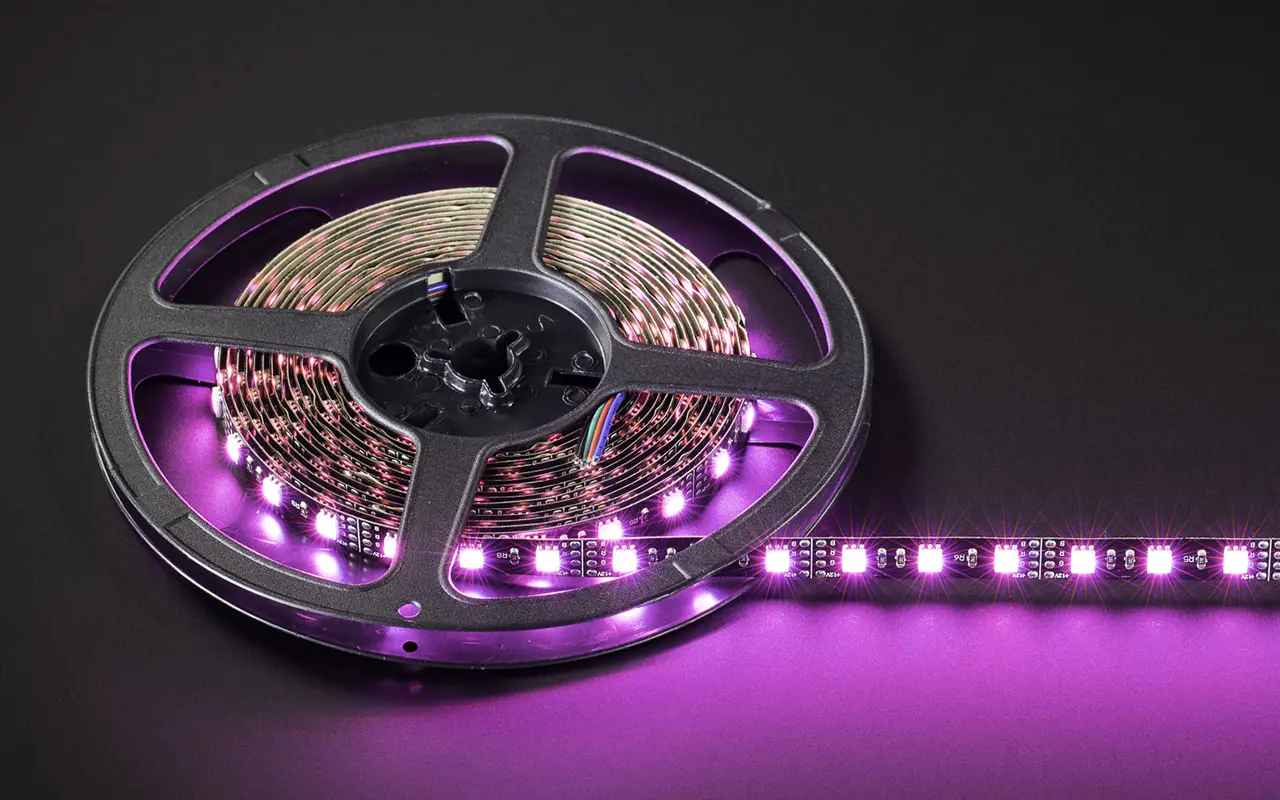
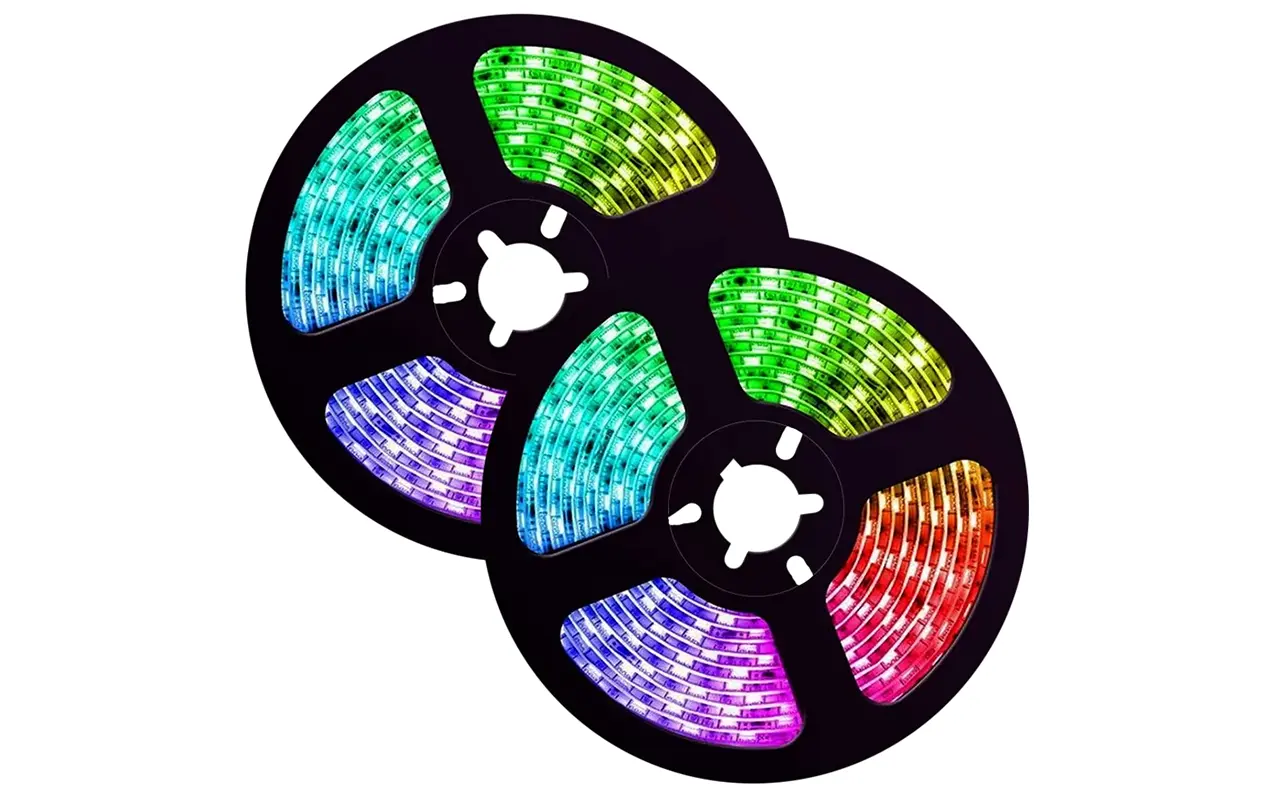
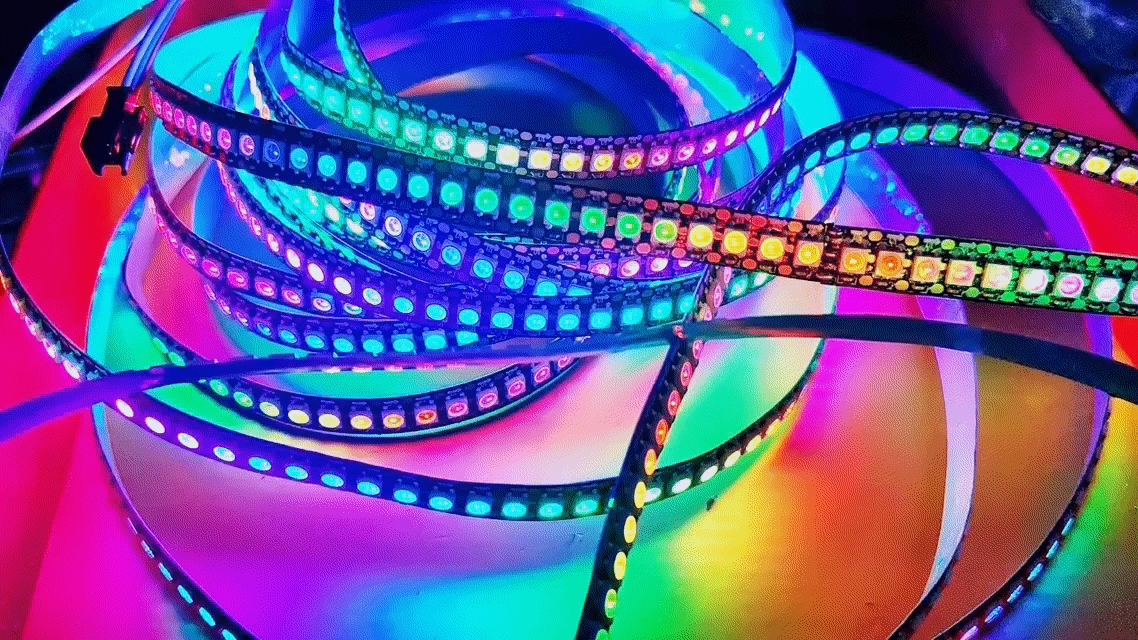
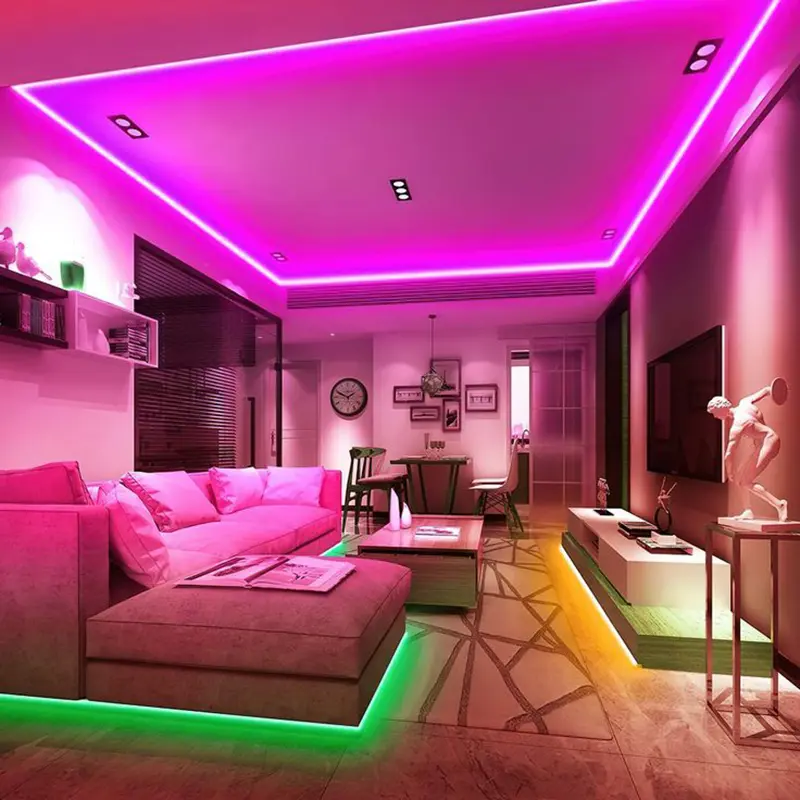


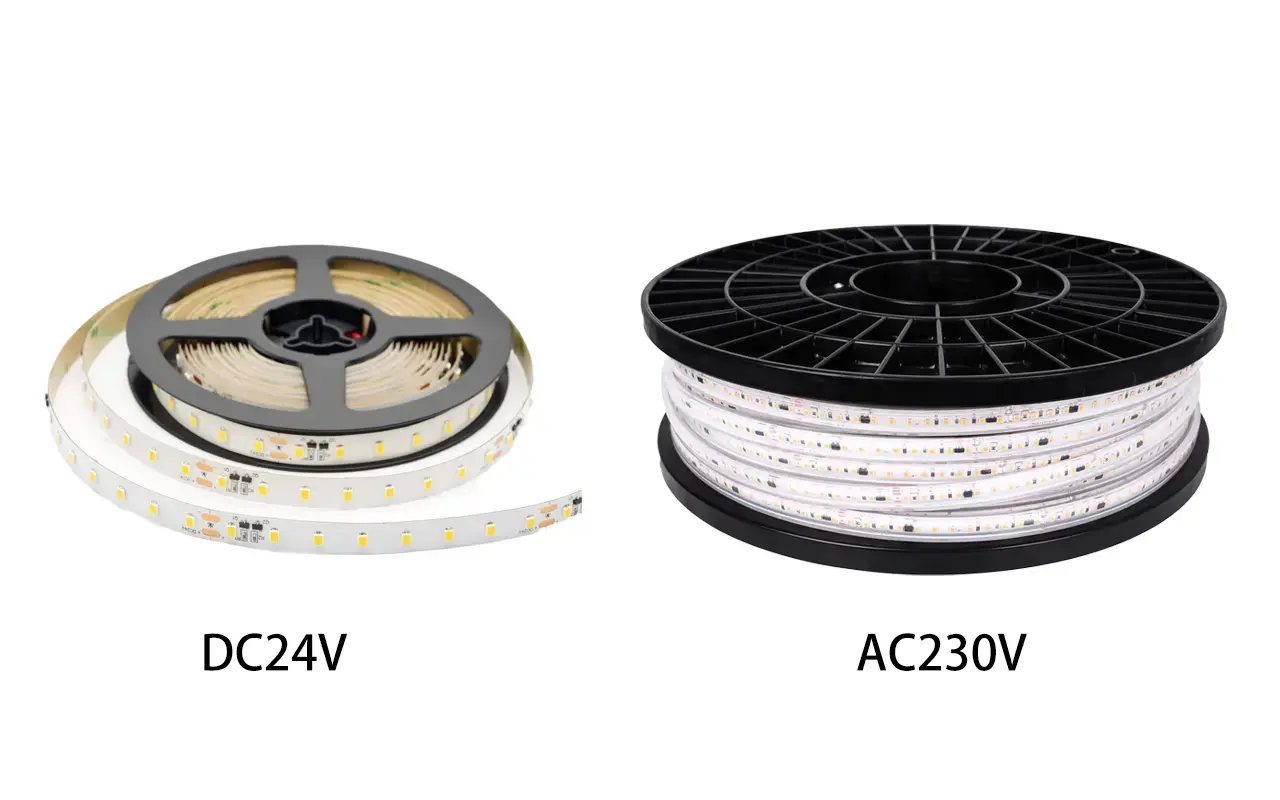
댓글을 남겨주세요
토론에 참여하고 싶으신가요?자유롭게 기여해 주세요!